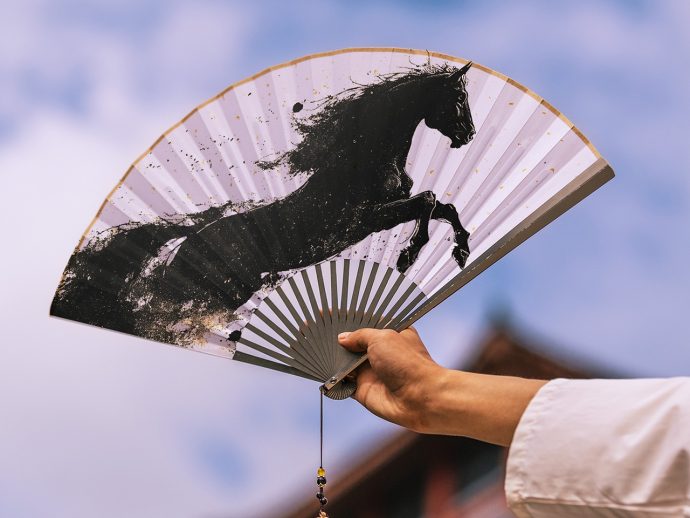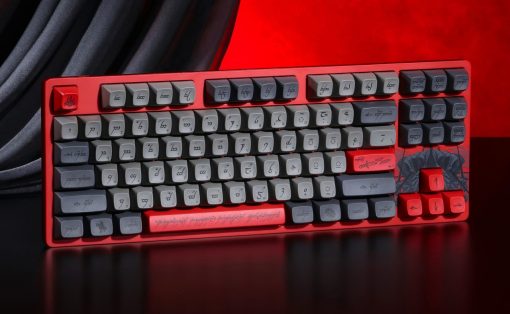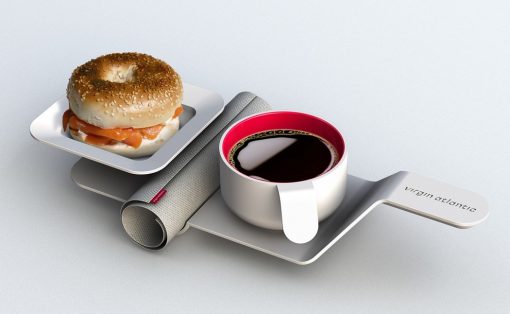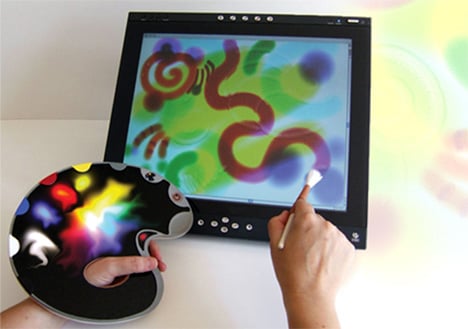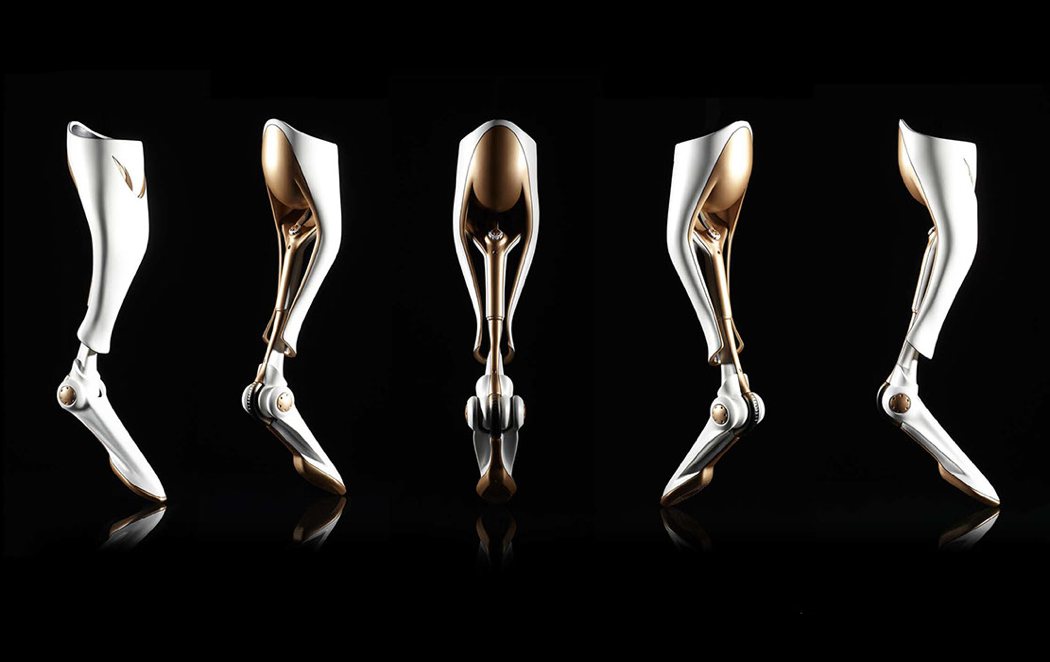
Watching the bobsled teams in the Olympics is probably one of my favorite things since I was young. The first part of the race you see the men using everything they have to push the cart as hard and as fast as they can to get the momentum going. If you have seen it, you know it takes power, strength and stamina.
For Athletes who have lost their leg but still want to participate in sports, some of the prosthetic designs are not designed in a way to provide the mobility, the strength and power needed. Plus they aren’t designed in a way that makes the user proud to wear them. However, let me introduce you to SOLEIS, the prosthetic leg designed specifically for Bobsled athletes.
SOLEIS has a built in shock that replicates the calf muscle and ankle tendon that helps to absorb and increase load bearing. With the air shock and ankle spring, it allows the ankle to bend and evenly distribute weight, providing a more powerful push and stride from the Athlete. With the socket strap and floating socket, it allows the limb to be supported higher up on the hip while allowing for more evenly distributed weight to the limb. The foot of SOLEIS is flexible and has a removable sole allowing the foot to be adaptable to a variety of terrains. The foot is a thinner design so as to prevent any risk of getting it caught while entering the sled. The well thought out design has the athlete in mind – something that they can be proud to wear. Pleasing to them both mentally and physically.
Designer: Thomas Belhacene
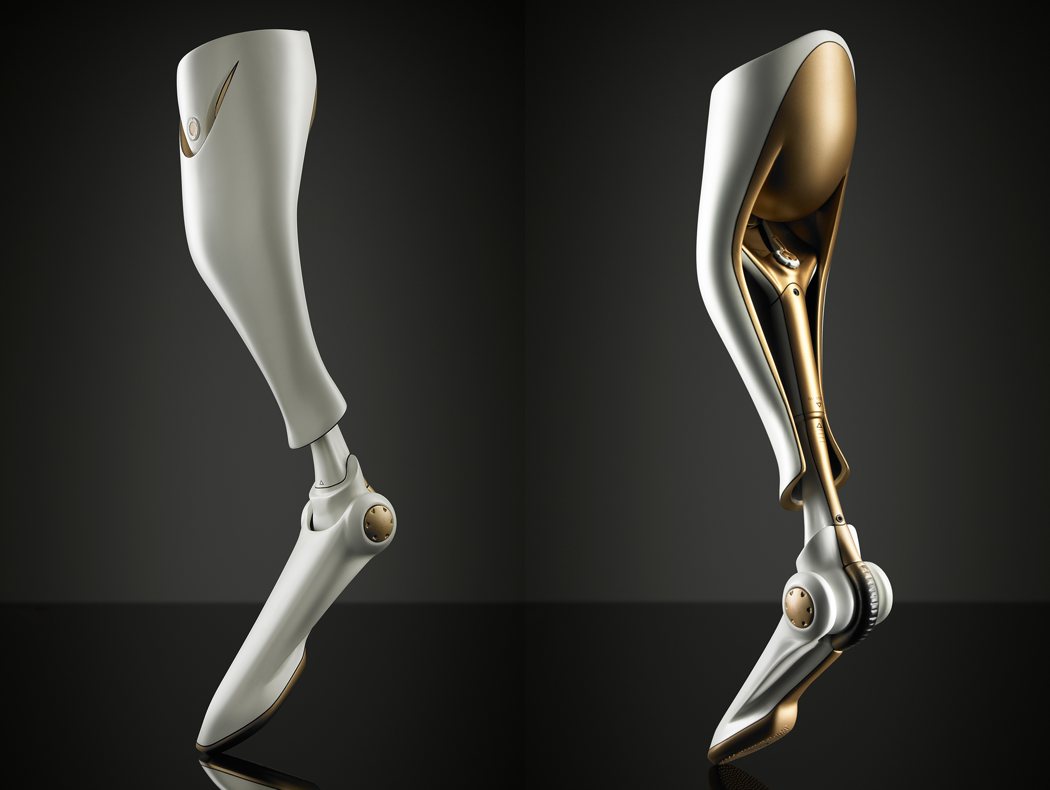
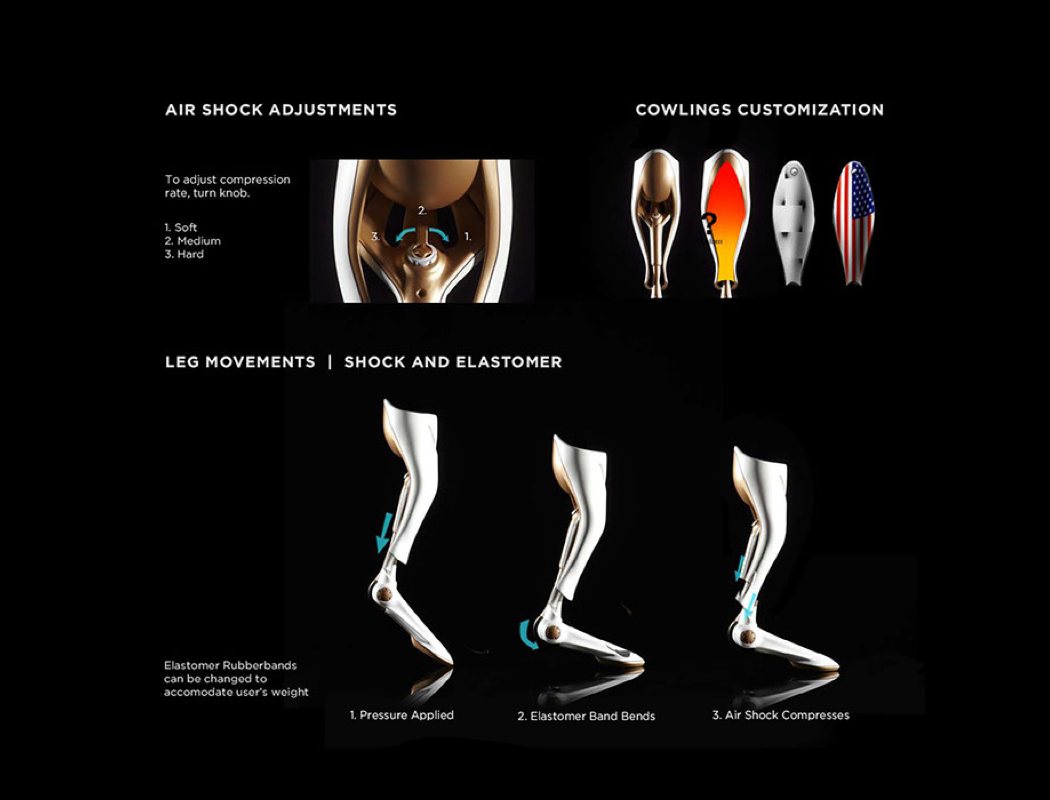
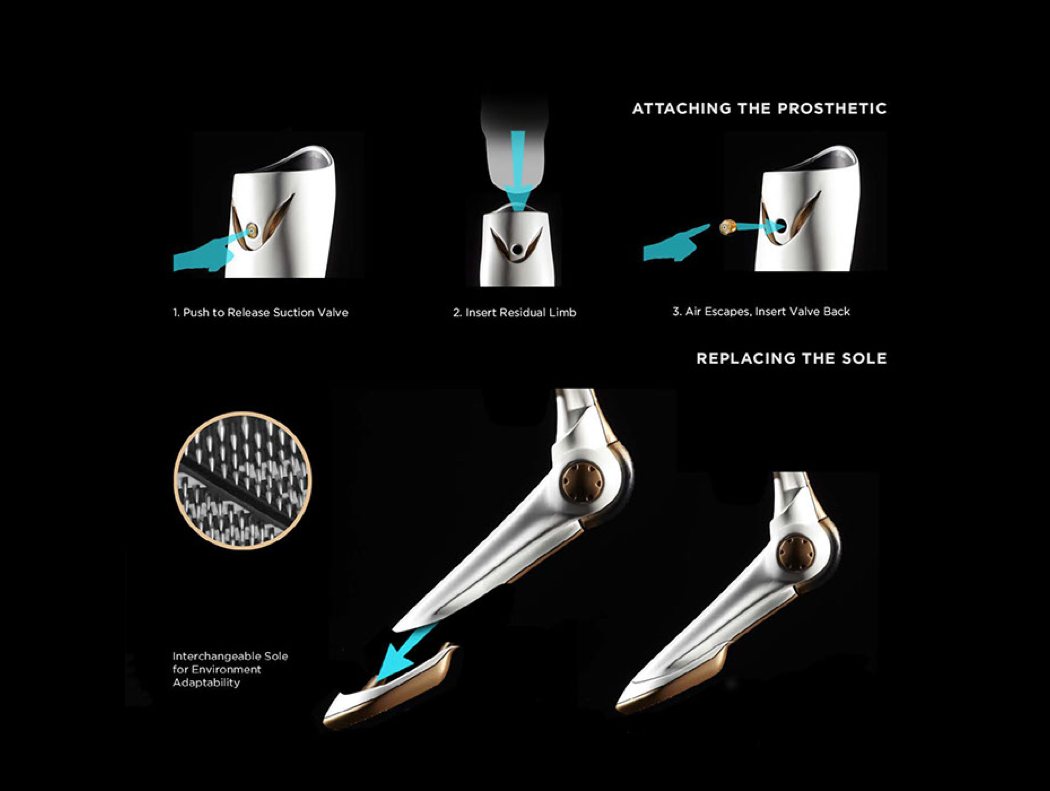
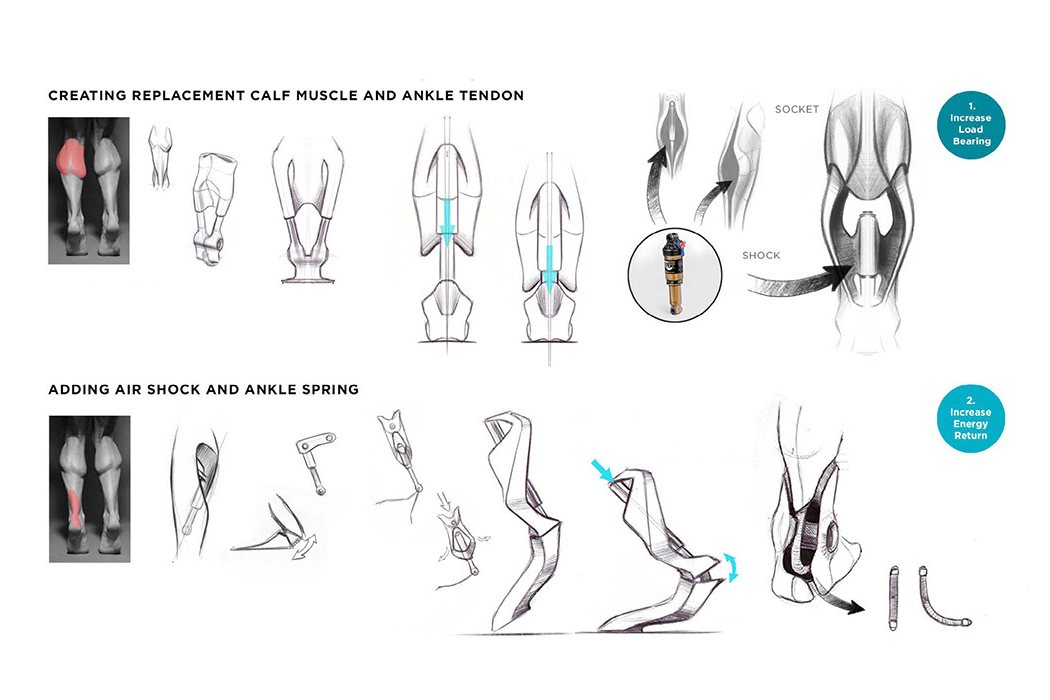
1. Mimicking Anatomy. While pushing and running with heavy loads, the calf and achilles are a very important part of the body. They allow for great energy return, push and stability to the human.
2. Air Compression Shock and Elastomers. The single spring system allows for a forward release of the force. This is essential in maximizing energy return towards a more powerful stride and push of the sled.

3. Psychological Performance. Enhancing mental health and performance by making the design look like a trophy, a piece of sculpture, something the user can be proud of.
4. Weight Dispersion and Distribution. Allowing the socket to climb up the leg and support higher up to the hip will release the pressure from the residual limb in the socket. Making a floating socket allows for weight dispersion.
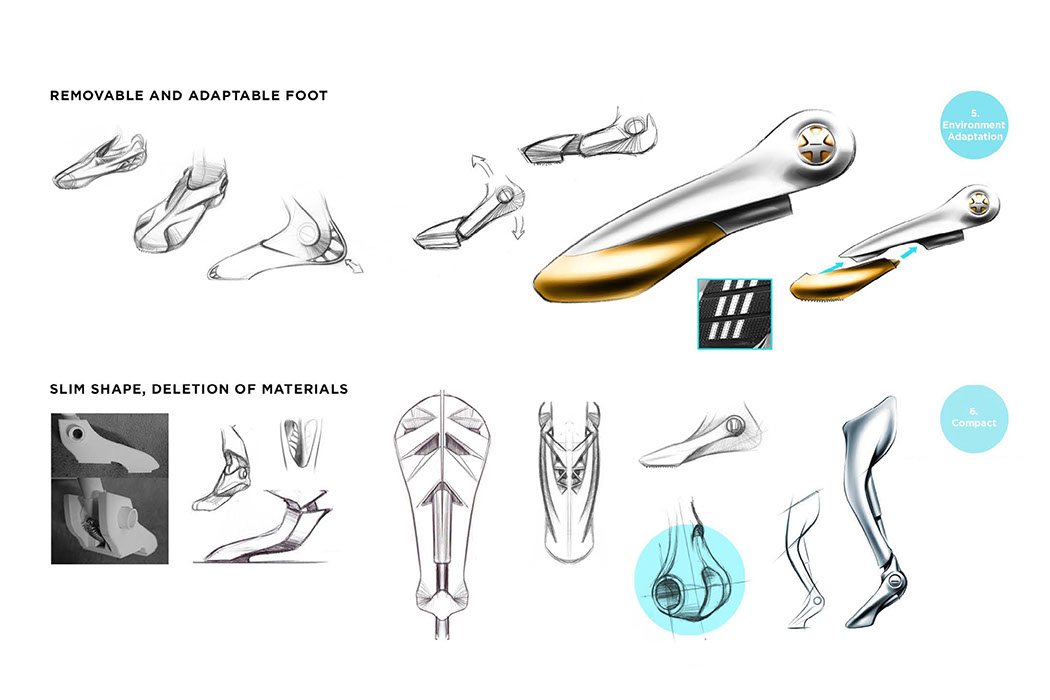
5. Adapting to all Terrains. From tracks to concrete to ice, this foot can adapt to all kind of terrains, suitable for competitions and practice runs.
6. Minimizing the Risks. By sliming down the shape of the foot and making it smoother, the risks of getting the foot caught on the sled upon entry is reduced, even eliminated. It also makes the leg lighter and more aerodynamic.

